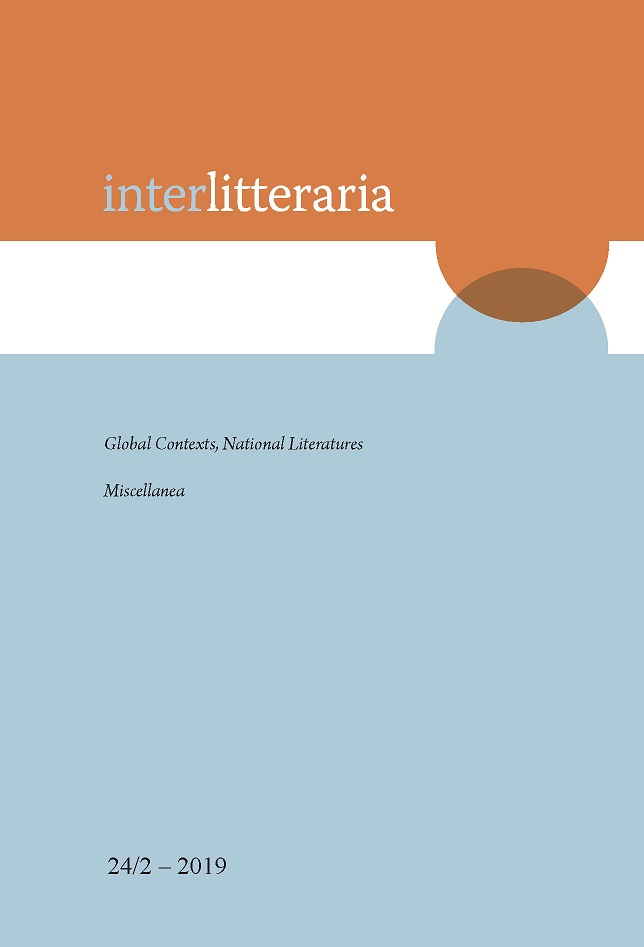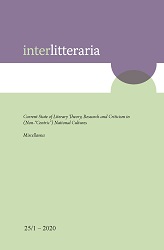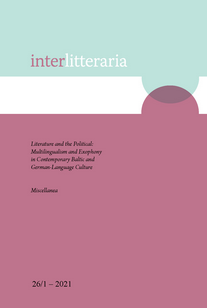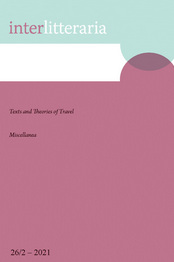Author(s): Ave Mattheus / Language(s): Estonian
Issue: 07/2012
Otto Wilhelm Masing (1763–1832) gilt in der estnischen Kulturgeschichte als Aufklärer par excellence. Auch in der Geschichte der estnischen Kinderliteratur wurden seine Verdienste gewürdigt, weil er im Jahre 1795 ein ABC-Buch mit weltlichen Lesetexten veröffentlichte, das einzigartig und seiner Zeit voraus war. Masing hat noch weitere ABC-Bücher, didaktische Erzählungen und religiöse Texte für Jugendliche verfasst, die allerdings bisher noch nicht untersucht sind. Der vorliegende Artikel nimmt alle seine Werke, die an Kinder und Jugendliche gerichtet sind, unter genauere Betrachtung und analysiert ihre inhaltlichen und formalen Eigenschaften sowie sucht ihre möglichen Vorbilder. Den größeren Teil seines Kinder- und Jugendwerkes bilden religiöse Texte, zwei Historienbibeln (1819, 1824), die Adaptationen des traditionenbildenden Werkes von Johann Hübner „Zweymal zwey und funffzig Auserlesene Biblische Historien Aus dem Alten und Neuen Testamente” (1714) sind, und ein religiöses Haus- und Handbuch (1825). Darüber hinaus hat Masing in seinen ABC-Büchern Kindergebete und biblische Sprüche gebracht, die zu den wichtigen Gattungen der aufklärerischen religiösen Kinder- und Jugendliteratur gehören. Die zweite Gruppe seiner Kinder- und Jugendtexte bilden acht didaktische Erzählungen und Sittenlehren aus dem ABC-Buch des Jahres 1795 sowie Parabeln, Beispielgeschichten und (Vers)Rätsel aus der von ihm selbst herausgegebenen „Wochenzeitung des Landvolkes” (1821–1823, 1825). Die Untersuchung der weltlichen Texte von Masing ergab, daß seine möglichen Vorbilder Christian Felix Weiße, Johann Peter Hundeiker, Johann Wilhelm Ludwig Gleim und Christian Fürchtegott Gellert sind – hervorragende Vertreter der deutschen aufklärerischen Kinder- und Jugendliteratur. Masing ist seinen deutschen Vorbildern nicht sklavisch gefolgt, sondern hat die Texte den Bedürfnissen und dem Bildungsstand des bäuerlichen Lesers angepasst, was bedeutet, dass er einige ursprünglich kinder- und jugendliterarische Texte in doppeladressierte Werke umgewandelt hat, weil in Belangen, die über den bäuerlichen Alltag hinausgingen, bedurften nicht nur estnische Kinder und Jugendliche Nachhilfe, sondern auch Erwachsene. Dennoch gehört er zu den hervorragendsten und vielseitigsten Autoren der estnischen Kinder- und Jugendliteratur der Aufklärungszeit.
More...




